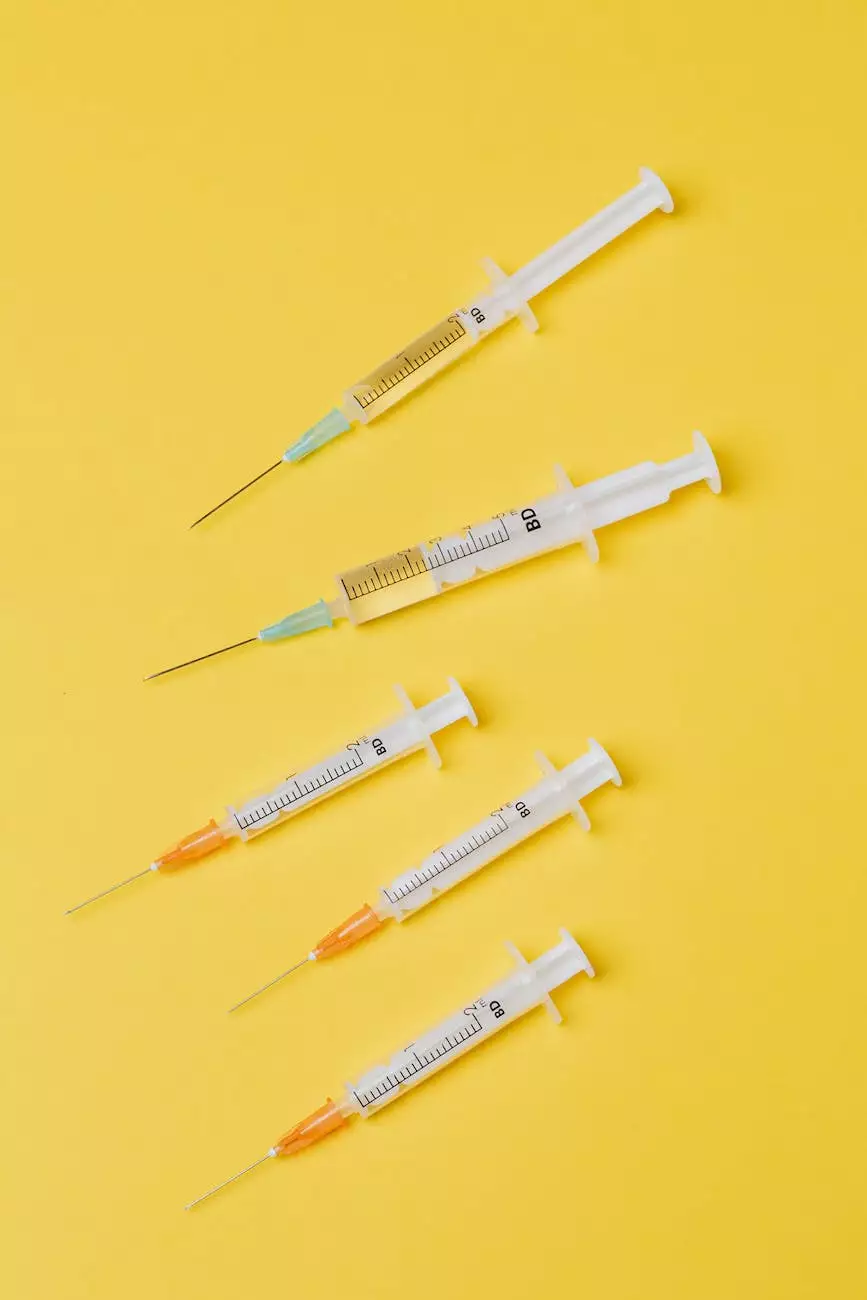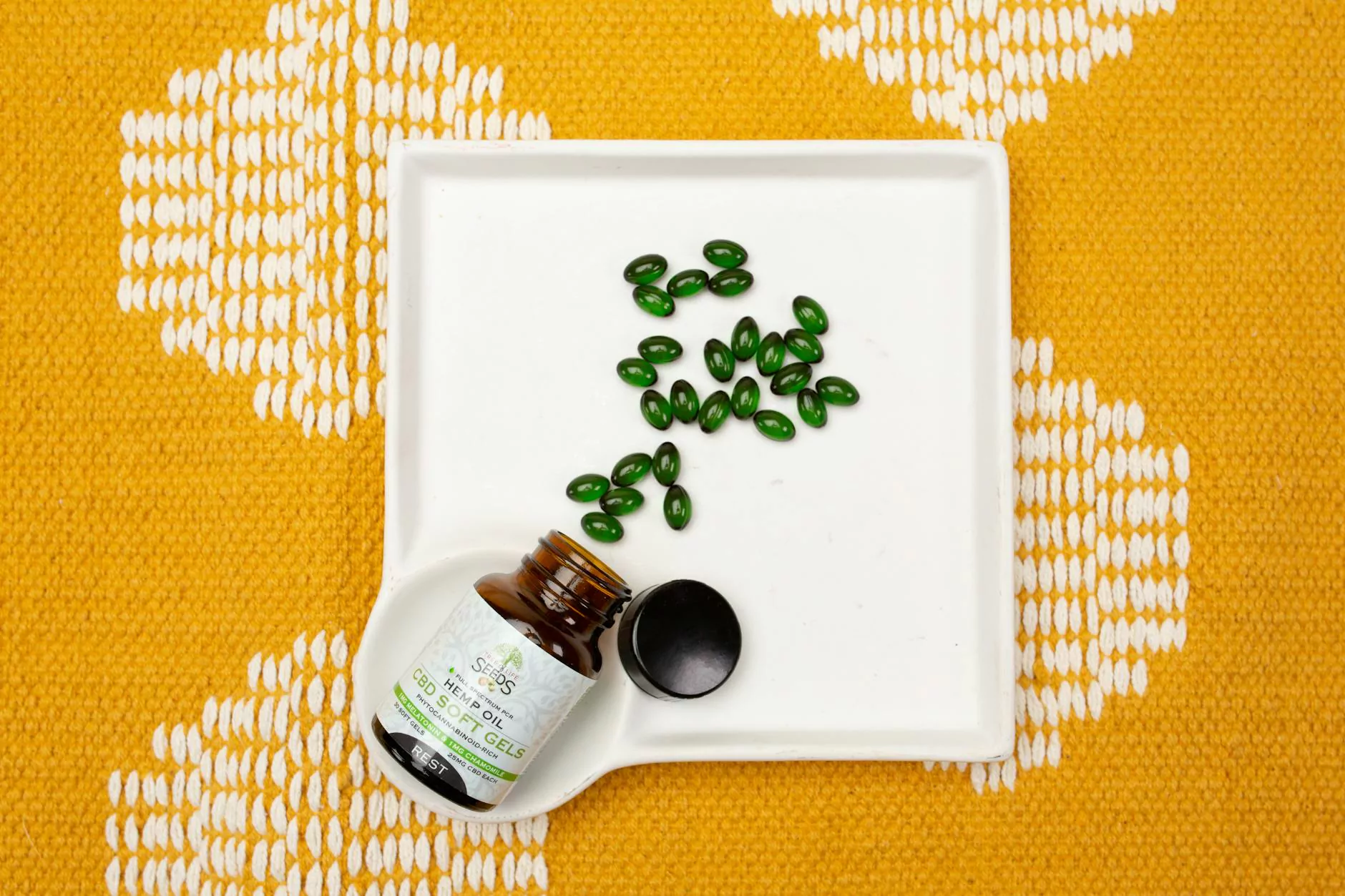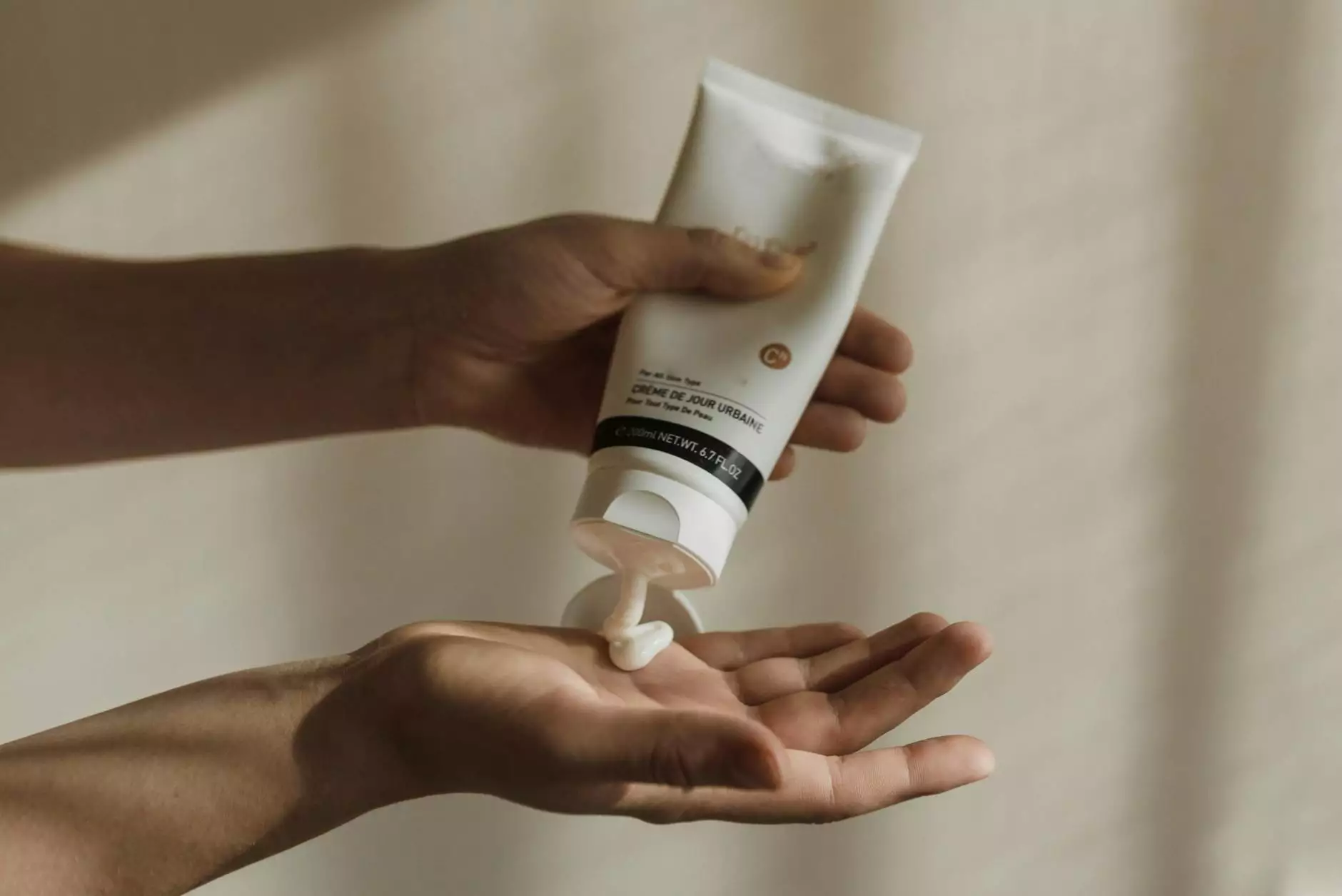Safe Injection Practices

Introduction
Welcome to Foley James D MD, a trusted source of information on safe injection practices in the health industry. Our team of experts is dedicated to educating and raising awareness about the importance of proper injection techniques and preventing infection.
Why Safe Injection Practices Matter
Proper injection practices are crucial to maintain the health and safety of patients and healthcare providers. When injections are administered correctly, they can effectively deliver medications and vaccines, contributing to improved patient outcomes. However, if not performed safely, injections can lead to serious complications, such as infections, abscesses, and the transmission of bloodborne diseases.
The Risks of Unsafe Injections
Unsafe injection practices can have severe consequences. Reusing needles or syringes, improper skin preparation, or contamination of injection equipment can introduce harmful bacteria or viruses into the body. Some of the risks associated with unsafe injections include:
- Infection at the injection site
- Localized abscesses
- Systemic infections
- Bloodstream infections
- Hepatitis B, C, and other bloodborne diseases
- HIV transmission
Best Practices for Safe Injections
To ensure safe injections, it is critical to follow a set of best practices. Here are some guidelines recommended by healthcare experts:
1. Use a New Needle and Syringe for Each Injection
Always use a new, sterile needle and syringe for every injection. Never reuse or share these items, as it increases the risk of contamination and infection.
2. Properly Disinfect the Injection Site
Before administering the injection, clean the injection site with an alcohol-based disinfectant. This helps reduce the risk of introducing bacteria or other pathogens into the body.
3. Follow Correct Injection Technique
It is essential to learn and use the correct injection technique. Insert the needle at the proper angle and depth, and follow any specific instructions provided by your healthcare provider or medication manufacturer. Avoid injecting into areas with visible signs of infection or inflammation.
4. Dispose of Sharps Properly
After each injection, immediately dispose of the used needle and syringe in an appropriate sharps container. Do not recap, break, or manipulate the needle by hand to minimize the risk of accidental needlesticks.
5. Educate Yourself and Others
Stay informed about safe injection practices and share this knowledge with others. By raising awareness about the importance of safe injections, we can collectively contribute to improving healthcare standards and reducing the risk of infections.
Conclusion
At Foley James D MD, we are committed to promoting safe injection practices as a fundamental aspect of healthcare. By following these best practices, we can safeguard against potential complications associated with injections. Remember, your health and safety matter, and implementing safe injection practices is crucial for optimal healthcare delivery.










